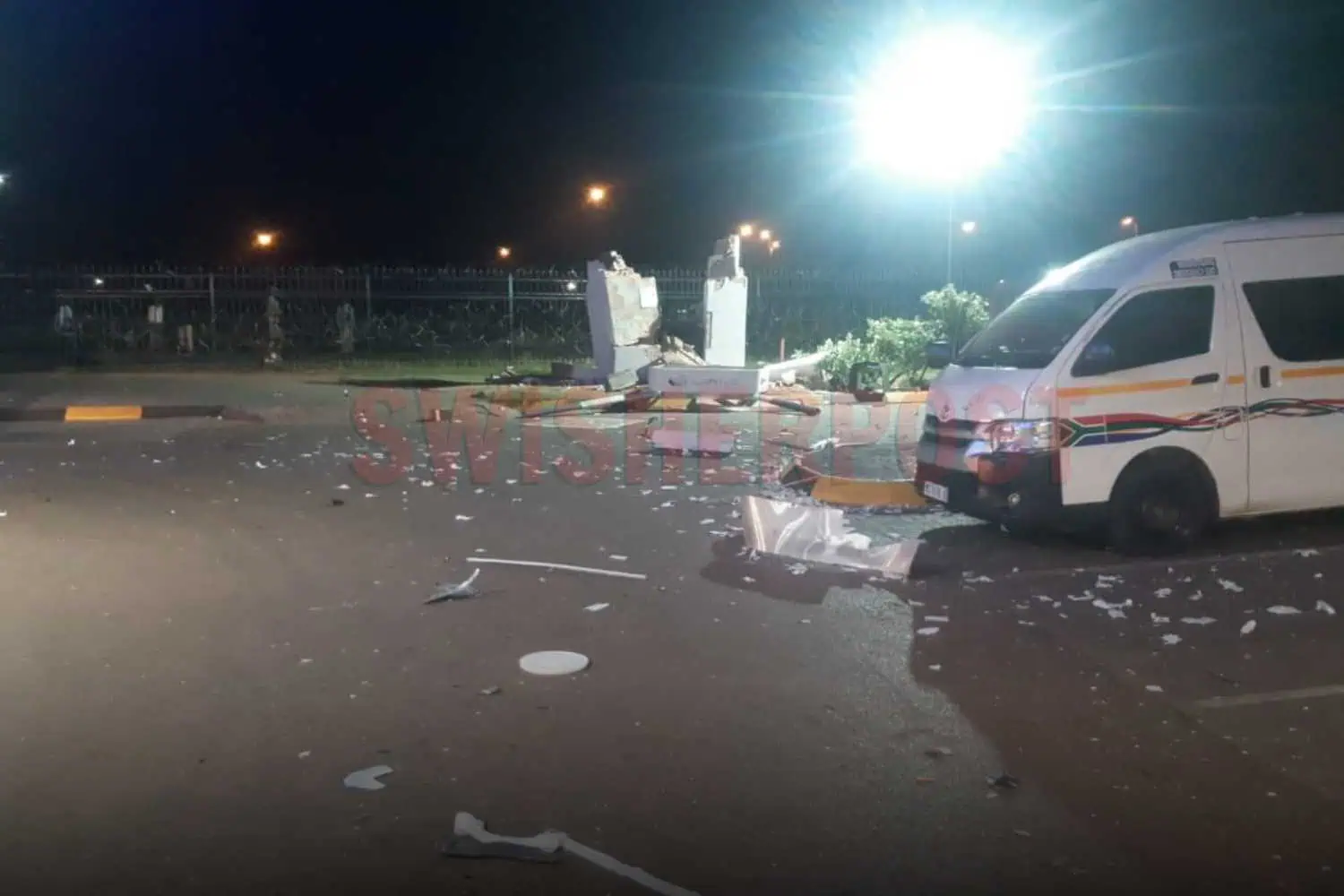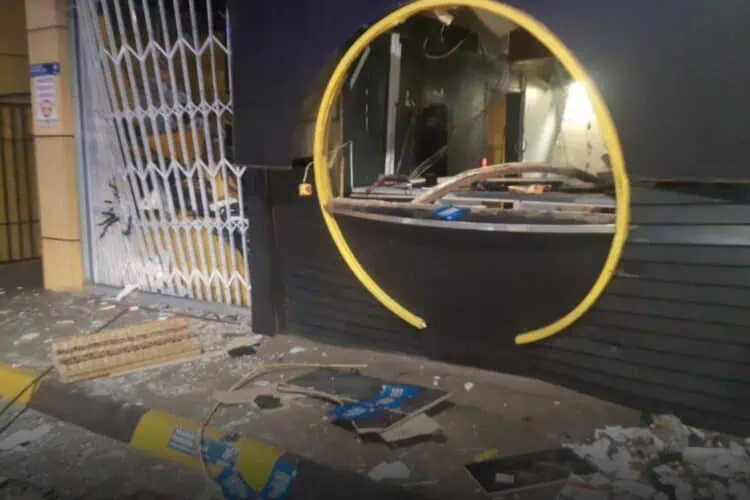An ATM at the Sasol garage on M17 Block TT in Soshanguve, Pretoria, was bombed, early on Thursday morning.
Soshanguve Sasol in M17 targeted in ATM bombing
Early reports indicate that an explosive device was used to access an ATM within the Sasol service station in Soshanguve.
The incident, which occurred in the early hours, did not lead to any immediate arrests, with the suspects reportedly escaping the scene before law enforcement arrived.
It remains unclear whether any cash was successfully retrieved from the damaged ATM.

ATM bombings on the rise in South Africa
Data from the South African Banking Risk Information Centre (Sabric) shows a troubling trend in the frequency of ATM bombings, with a year-on-year increase of about 20% over the past few years.
From 178 incidents in 2019, the numbers rose to 214 in 2020 and spiked to 271 in 2021.
The explosives used in these attacks are often sourced illegally, with many entering the country from neighbouring Zimbabwe.
This rise in ATM bombings has prompted banks and security agencies to reassess the safety measures in place at ATMs, particularly those in more isolated or accessible locations like gas stations.
Can cash stored in a drop safe survive a blast?
While drop safes are designed to secure cash, documents, and other valuables, their ability to withstand explosive attacks is limited.
Safes that are rated by Underwriters Laboratories (like the TL-15 or TL-30) offer resistance against attacks for a specified duration and under certain conditions but are generally not tested against high-grade explosives typically used in ATM bombings.
The effectiveness of a drop safe in protecting its contents from an explosive blast depends on several factors, including the safe’s construction materials, the thickness of its walls, and the quality of its locking mechanism.
In the case of the Soshanguve ATM bombing, the integrity of the drop safe and the survival of its contents post-explosion are part of the ongoing investigation.






